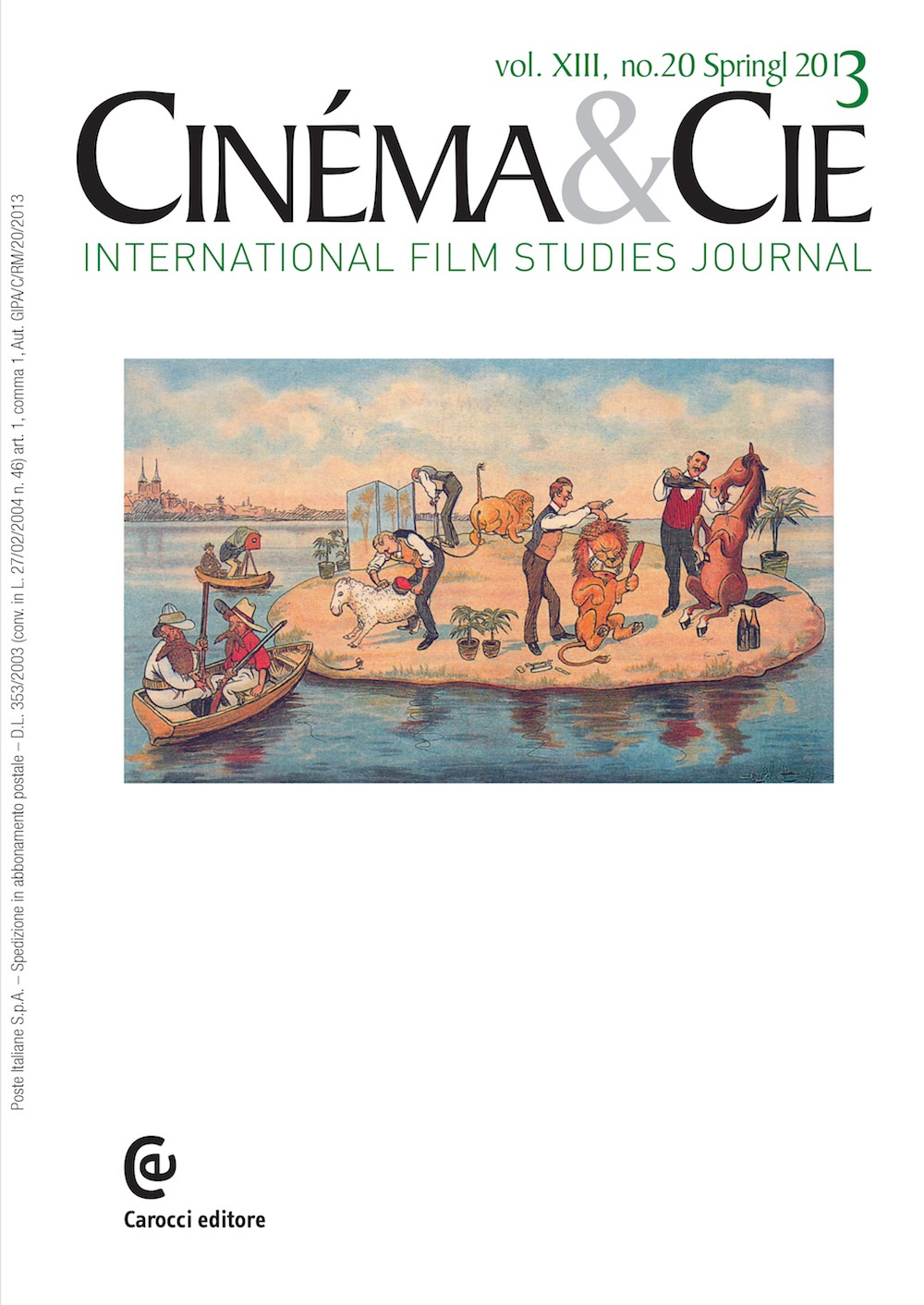Moving Pictures and People across the U.S.-Mexico Border: The Critical Reception of Sin nombre and The Three Burials of Melquiades Estrada
Abstract
The declining sovereignity of nation-states intensifies the symbolic functions performed by physical borders. The frontier between Mexico and the U.S. is one of these ideologically charged places: it plays a defining role in national identities and narratives, and contributes to their hybridization. Nevertheless, in films involving a partnership between the U.S. and Mexico, critical discourse is predominantly shaped by separate “national” paradigms. The paper considers as case studies two films concerned with border narratives: The Three Burials of Melquiades Estrada (Tommy Lee Jones, 2005) and Sin nombre (Cary Fukunaga, 2009). Their critical reception is traced by examining reviews, articles and interviews both in the U.S. and in the Mexican press. The central premise of the two movies is, in fact, a journey towards the opposite side of the frontier (South-bound in the former, and North-bound in the latter). Concerns regarding the permeability of the national territory – which characterize contemporary surveillance culture – are filtered through the movies’ genres and their different mise-en-scène. Migration emerges as the primary geopolitical framework through which the films are interpreted: the emphasis lies on the economic dimension and/or the “national security” issues; hence, the dynamics of cultural hybridization are significantly overlooked.






